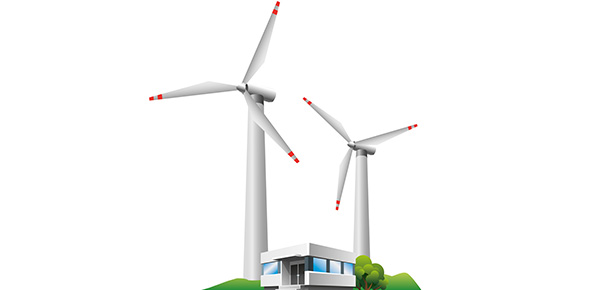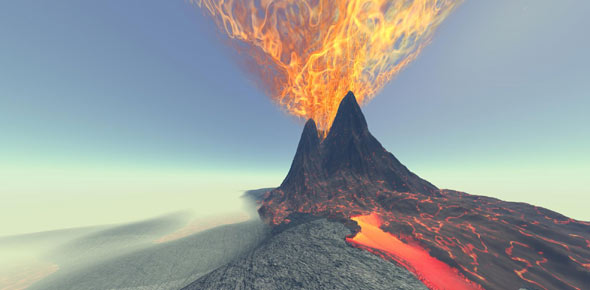Related Flashcards
Cards In This Set
| Front | Back |
|
Fire regime
|
An ecosystems potential for wildfire as inferred from fuel types, terrain, and past fire behavior
|
|
Peat
|
Organic rich sediment composed primarily of partially decayed plant material, such as moss, leaves, and sticks. Typically forms into bogs and swamps and has a high water content
|
|
Prescribed burn
|
A fire purposely set and contained within a designated area to reduce the amount of fuel available for a wildfire
|
|
Red flag warning
|
With respect to wildfires, a notice from the National Weather Service or other governmental agency that an extreme fire condition is occurring or is likely to occur withing 24 hours
|
|
Wildland/urban interface
|
The area where natural undeveloped grassland, brushland, or forest is adjacent to land developed for homes, businesses, or recreation
|
|
Aerosol
|
With respect to climate, a suspension of microscopic liquid and solid particles, such as mineral dust and soot, in the atmosphere
|
|
Climate
|
Characteristic weather at a particular place or region during many seasons, years, or decades
|
|
Climate forcing
|
An imposed positive or negative change of Earth's energy balance measured in Watts per meter squared
|
|
Earth climate system
|
Emphasizes the interactions among the atmospheric, cryospheric, and terrestrial, and marine biospheric processes that affect the climate of Earth
|
|
Earth system science
|
The study of Earth as a system
|
|
El Nino
|
An event in the atmoshpere and ocean during which trade winds weaken or even reverse, the eastern equatorial Pacific Ocean becomes anomalously warm, and the westward moving equatorial ocean current weakens or reverses. This change in ocean temperature can cause anomalous weather in adjacent landmasses.
|
|
Glacier
|
A large mass of flowing ice that moves downslope under its own weight and persists from year to year. Formed, at least in part on land by the compaction and recrystallization of snow
|
|
Global warming
|
The increase in the mean annual temperature of the lower atmosphere and oceans in the past 150 years, primarily as a consquence of burning fossil fuels that emit greenhouse gases into the atmosphere
|
|
Greenhouse effect
|
Trapping of heat in the lower atmosphere by the absorption of infrared energy by water vapor, carbon diozide, methane, nitrous oxides, halocarbons, and other gases
|
|
Pleistocene Epoch
|
Geologically recent interval of Earth history characterized by widespread continental glaciation and commonly referred to as the Ice Age
|





